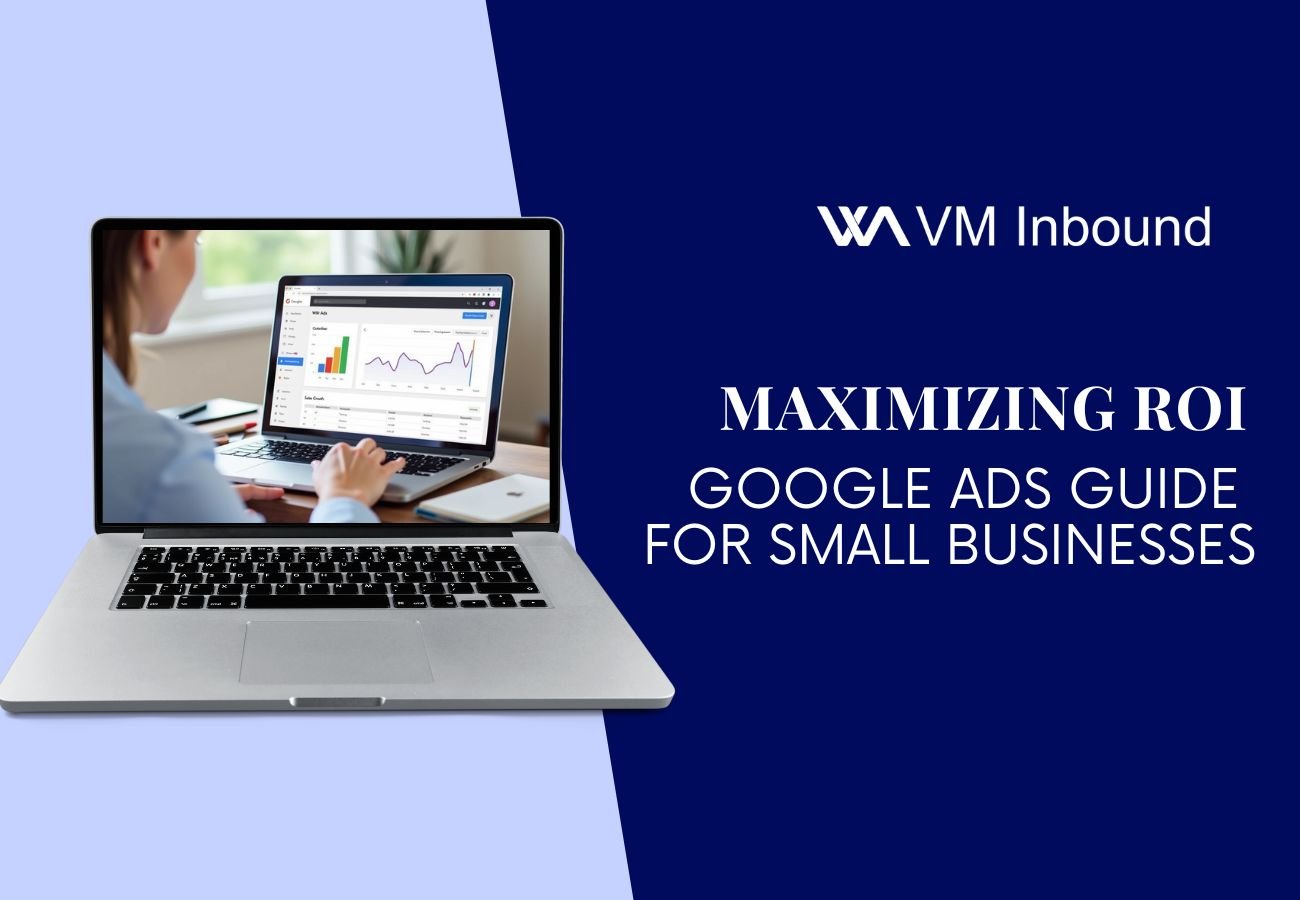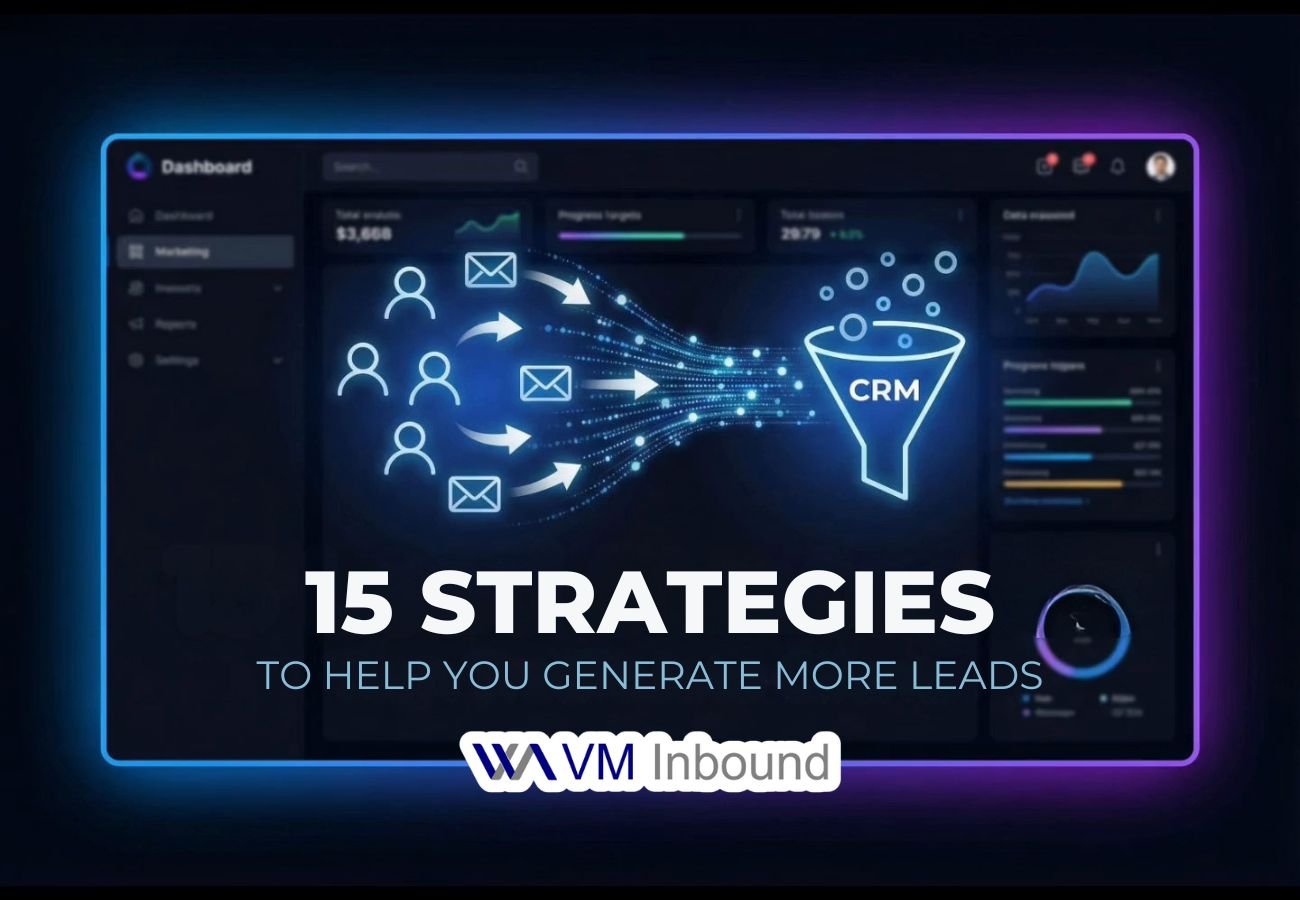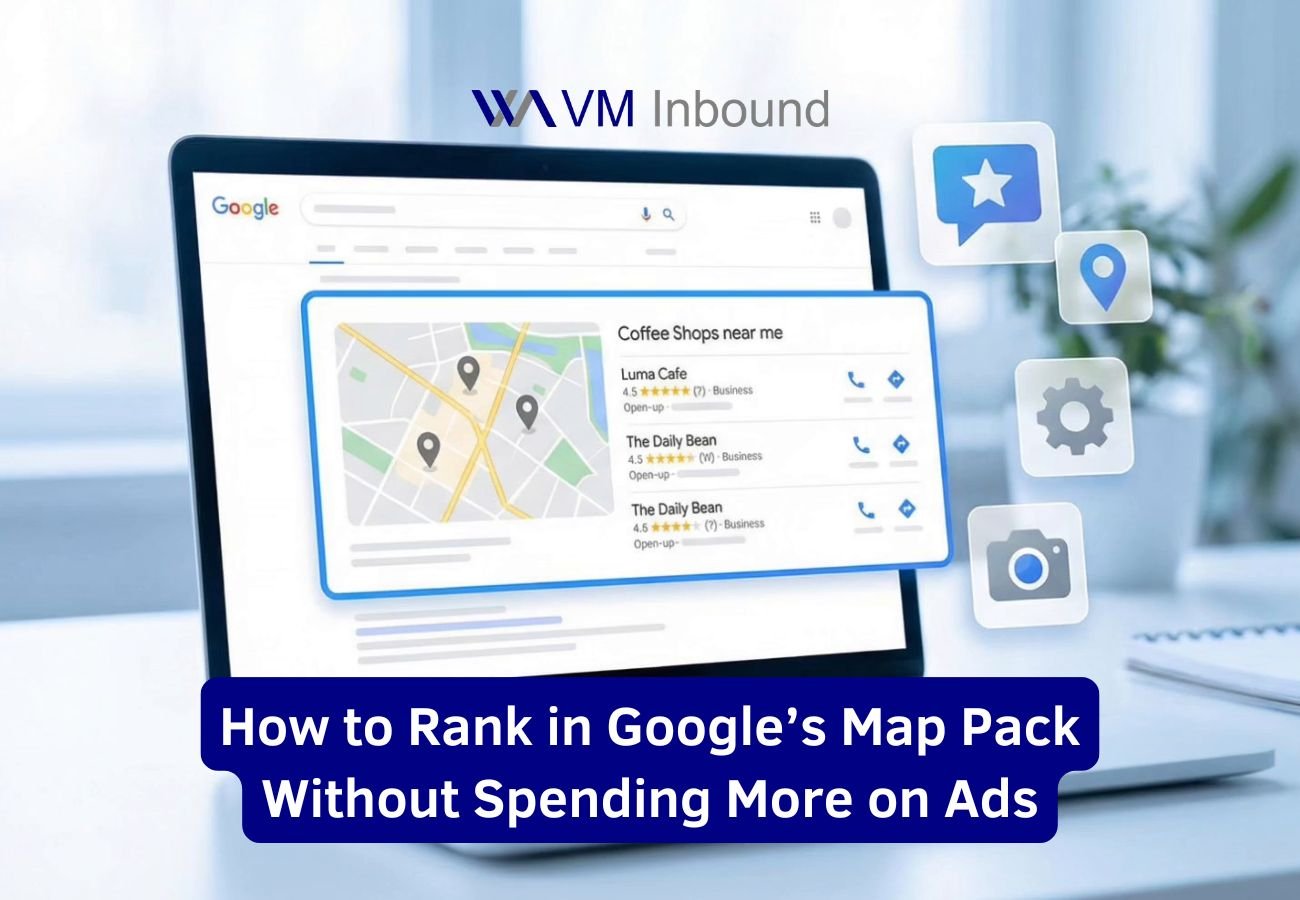The Ultimate Guide to Google Ads for Small Business Owners
In today’s digital-first world, small businesses face fierce competition to capture the attention of their target audience. Google Ads, one of the most powerful online advertising platforms, offers an unparalleled opportunity to reach potential customers where they spend most of their time—online. However, without a clear strategy, it’s easy to waste your advertising budget without seeing meaningful results. This guide will walk you through step-by-step strategies to make Google Ads work for your small business and maximize your return on investment (ROI).
1. Understand the Basics of Google Ads
Before diving into campaign creation, it’s essential to understand how Google Ads works. At its core, Google Ads operates on a pay-per-click (PPC) model. You bid on specific keywords, and when someone searches for those keywords, your ad appears. You pay only when someone clicks on your ad.
There are several campaign types to choose from:
- Search Campaigns: Text-based ads that appear on Google search results pages.
- Display Campaigns: Visual ads shown across Google’s partner websites.
- Shopping Campaigns: Ideal for eCommerce businesses to showcase products.
- Video Campaigns: Ads that appear on YouTube and Google’s video partner networks.
- Performance Max Campaigns: A combination of all ad formats for maximum reach.
2. Define Your Goals
Every successful Google Ads campaign starts with clear objectives. What do you want to achieve? Common goals for small businesses include:
- Increasing website traffic
- Generating leads
- Driving sales
- Building brand awareness
Once your goal is defined, you can tailor your campaign to meet these specific objectives.
3. Perform Keyword Research
Keywords are the backbone of Google Ads. Conduct thorough research to identify the search terms your target audience uses. Tools like Google Keyword Planner, SEMrush, or Ahrefs can help you find high-volume, low-competition keywords.
Focus on:
- Long-tail keywords: These are more specific and often have lower competition, leading to higher conversion rates.
- Negative keywords: Identify terms that are irrelevant to your business to prevent wasting ad spend on unqualified clicks.
4. Create Compelling Ad Copy
Your ad copy needs to grab attention and compel users to click. Here’s how to craft effective ad text:
- Headline: Include your primary keyword and a benefit to the user.
- Description: Highlight unique selling points and include a clear call-to-action (CTA).
- Display URL: Use a clean and relevant URL that reinforces your message.
For example Headline: “Affordable Web Design for Small Businesses” Description: “Get a stunning website tailored to your needs. Contact us today for a free consultation!”
5. Optimize Your Landing Pages
Driving traffic to your website is only half the battle. The landing page your ad leads to should be optimized for conversions:
- Consistency: Ensure your landing page aligns with the message in your ad.
- Clear CTA: Include a prominent and actionable CTA, like “Sign Up Now” or “Get Your Free Quote.”
- Mobile-Friendly: Most users access the web on their phones, so your landing page must be responsive.
6. Set a Realistic Budget
Google Ads allows you to control how much you spend. Start with a modest daily budget and monitor performance. Use tools like the Maximize Conversions bidding strategy to make the most of your investment.
7. Monitor and Adjust Your Campaigns
Google Ads is not a “set it and forget it” platform. Regularly review your campaigns to identify what’s working and what isn’t. Key performance indicators (KPIs) to track include:
- Click-through rate (CTR)
- Conversion rate
- Cost-per-click (CPC)
- Return on ad spend (ROAS)
Make adjustments based on performance data. For example, pause underperforming keywords and allocate more budget to high-converting ones.
8. Leverage Remarketing
Not all visitors will convert on their first visit. Remarketing allows you to re-engage users who’ve interacted with your site. Use display ads or targeted search ads to bring them back and encourage them to complete the desired action.
9. Experiment with A/B Testing
Testing is crucial for improvement. Run A/B tests on:
- Ad headlines and descriptions
- Landing page designs
- CTAs
Use the insights from these tests to refine your campaigns for better results.
10. Stay Updated with Google Ads Trends
The digital advertising landscape is constantly evolving. Stay informed about new Google Ads features and updates to ensure you’re using the platform effectively. For example, AI-powered bidding strategies and audience targeting can significantly enhance campaign performance.
Take the First Step Toward Success
Google Ads offers small businesses an incredible opportunity to grow and compete in a crowded market. By following these strategies, you’ll be well on your way to maximizing your ROI and achieving your business goals.
Need help navigating the complexities of Google Ads? Contact us today for expert guidance and tailored solutions. Let’s turn your advertising dollars into measurable results!



